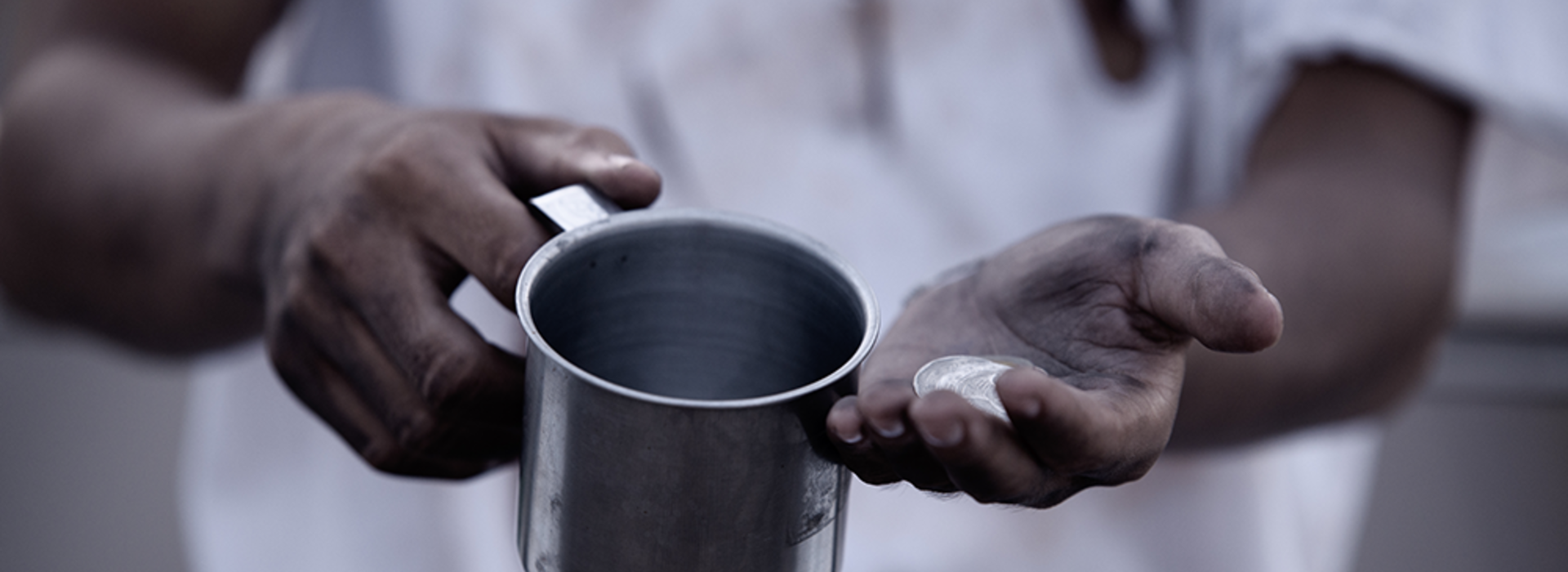
Primary Care is a Point of Intervention for Youth Facing Housing Instability
For many people, a trip to the doctor’s office is routine. The same space, the same staff, the same paperwork, even the same questions. What’s your date of birth? Do you have any medical issues or concerns? Or, do you feel safe at home? These trips are not always routine, especially for vulnerable populations. What’s left unasked can underlie a more serious issue: the assumption that each patient has a home.
“I sometimes hear from my colleagues in pediatrics or in the medical world, ‘Well, these young people [experiencing homelessness] they're just not connected with primary care, that's the issue. I just don't see them in my practice.’ But I really think the issue is that we're not asking,” said Janna Gewirtz O’Brien, MD, FAAP, a fellow in the Department of Pediatrics. “And, if we don't ask, we won't know.”
Dr. Gewirtz O’Brien and associate professors, Peter Scal, MD, MPH, Andrew Barnes, MD, MPH, and Annie-Laurie McRee, DrPH—all in the Department of Pediatrics—recently published research in the journal, JAMA Pediatrics, revealing that youth facing housing instability of any kind were connected to primary care at similar levels to their peers who were safely housed.
Their research was based on the Minnesota Student Survey, a large statewide survey of middle and high school students. The data set provides information about different experiences of unstable housing, which Dr. Barnes said made this research unique as it is one of the only studies to include information on disparate kinds of housing instability, such as running away, family homelessness and unaccompanied homelessness (being homeless without an adult family member).
And, although there were slight variations between the groups, the study ultimately found that approximately two-thirds of students, whether they were stably housed or not, had a preventive health visit, or check-up, in the past year.
With the unstably housed population already being at higher risk for a range of poor physical and mental health outcomes, primary care visits are a natural source of preventive care and a critical opportunity for intervention to reduce risk and leverage protective factors to foster resilience. But, primary care providers cannot prevent what they don’t know is happening.
“We're asking lots of questions about emotional health and about physical health,” Dr. Gewirtz O’Brien said. “But, we really need to start normalizing questions about housing as part of routine health care visits because, at its heart, housing is health. Health really begins where we live, learn, work. That's the essence of social determinants of health.”
Dr. Gewirtz O’Brien points to the American Academy of Pediatrics’ policy on Runaway Youth as a place to start. She says it’s only by “normalizing these conversations and having them on a routine basis” that primary care pediatricians will be able to intervene.
Intervention can begin with access to community resources. So long as unstably housed youth are visiting primary care offices, primary care becomes a key point of connection between the community resources that could support them. In Minnesota, for example, the Youth Services Network, a network of housing and other critical support services for young people, has developed a phone app that shows available shelter beds and vital resources for homeless youth.
According to Dr. Gewirtz O’Brien, this research and its implications are especially important in light of the COVID-19 pandemic. Increased tension and abuse within families as well as significant financial strain have increased the risk for potential entry into homelessness for youth across the country. And, over the next several months, these numbers are only expected to rise.
“We are already seeing that this time is particularly challenging for youth experiencing homelessness, and it is going to be even more challenging in the months to come,” Dr. Gewirtz O’Brien said. “We need to get people plugged in with their resources, bolster support and still be thinking about how we’re supporting young people. Really, when we have connections with young people, we need to be asking about how they're doing emotionally, physically and then, also, about their housing situation.”